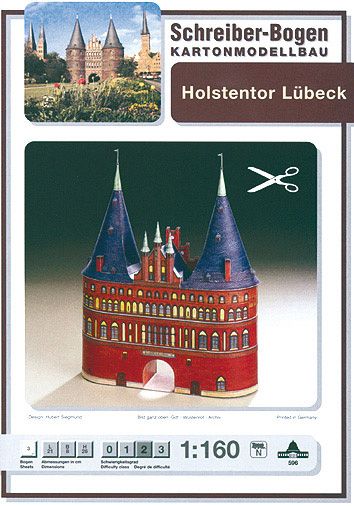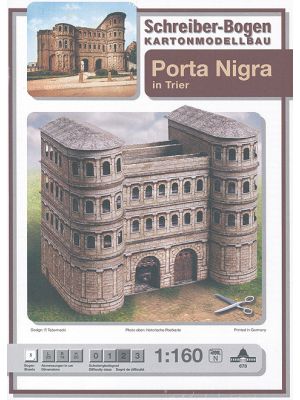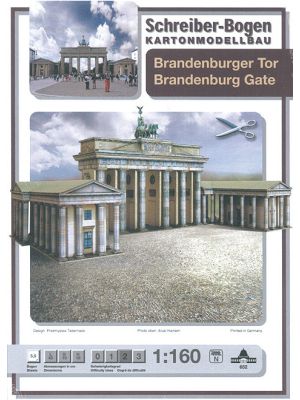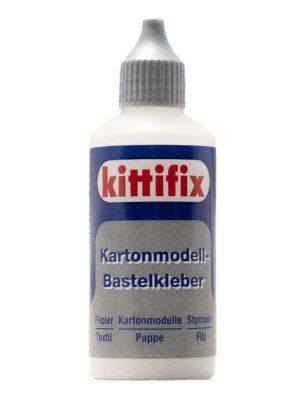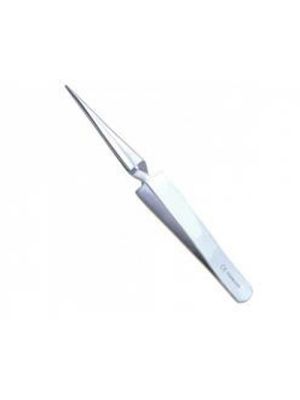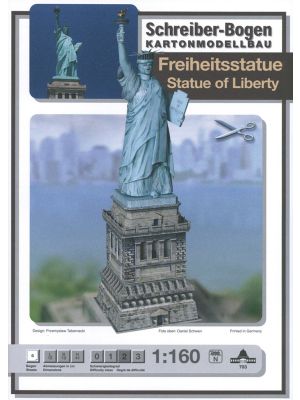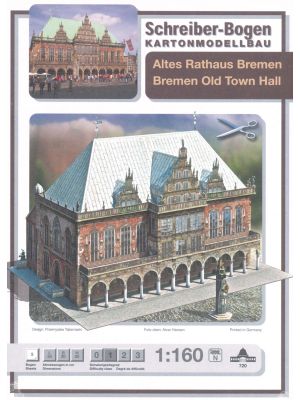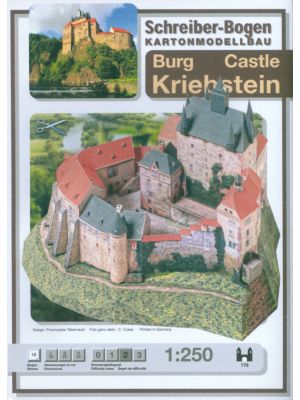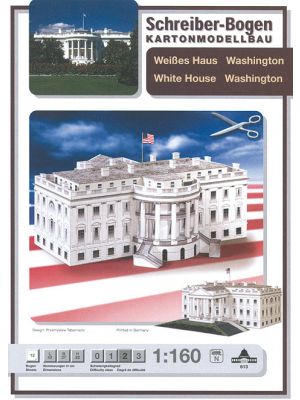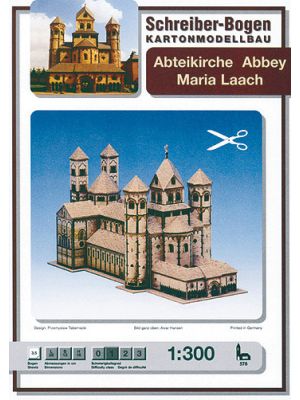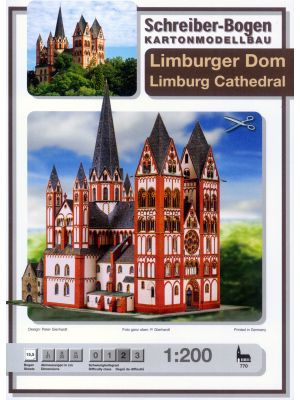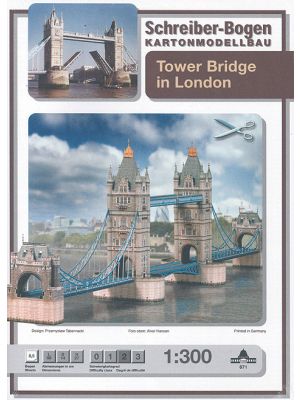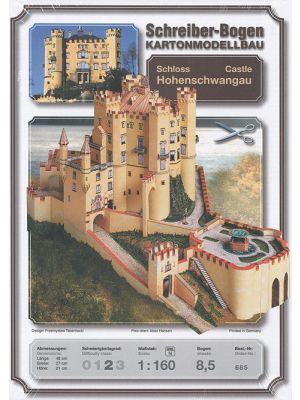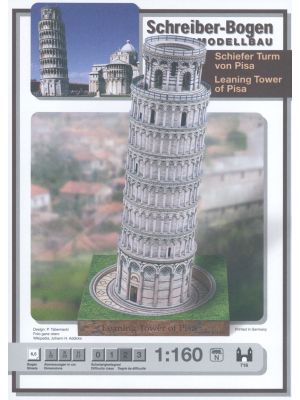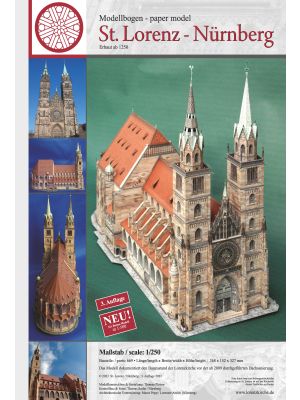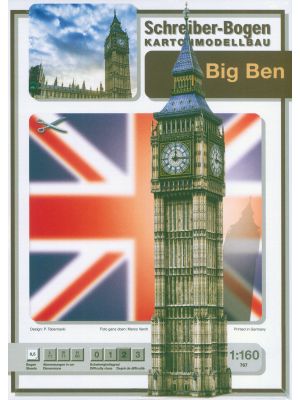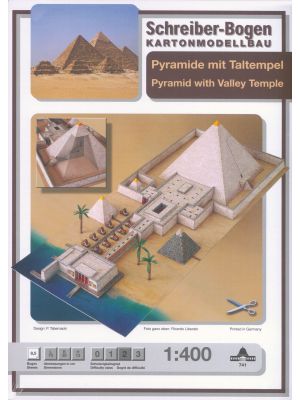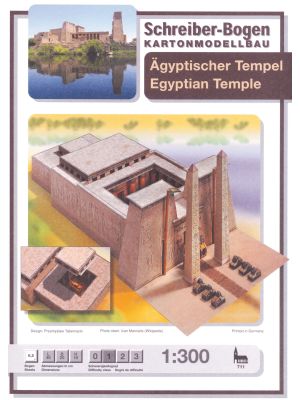Holstentor Lübeck
Scale: 1/160
Skill Level: medium
Size (LxWxH): 210x80x260 mm (8x3x10 inch)
The Lübeck Holsten Gate is without a doubt a classic in the Schreiber Bogen range. With 71 pieces, the model is indeed relatively quick to assemble, yet it is still effective. Moreover, being one of Germany's well-known landmarks, it always catches the eye.
| Product type | Papermodel |
|---|---|
| Manufacturer | Schreiber Bogen |
| Scale | 1/160 |
| Designer | Siegmund, Hubert |
| Difficulty | medium |
| Sheet size | 220 x 310 mm |
| Sheets | 5 |
| Parts | 71 |
| Length | 210 mm (8.27 inch) |
| Width | 80 mm (3.15 inch) |
| Height | 260 mm (10.24 inch) |
| Bauanleitung | German, Pictures |
The Holsten Gate in Lübeck is perhaps the most well-known city gate of the late Middle Ages in Germany. Built from 1464 to 1478 by Hinrich Helmstede, it served as protection for the crossing of the River Trave. It was a symbol of freedom for the people of Lübeck against the Danish king, who also ruled over Schleswig-Holstein. With its walls up to 3.50 meters thick, it accommodated 30 cannons. It stands on a seven-meter-high embankment, as the area was originally a marshland. The structure was too heavy for its foundations, causing it to lean slightly westward during construction. Efforts were made to correct this during the construction of the upper floors. However, over the centuries, the ground sank so much that the lower embrasures now lie more than half a meter below the surface.
During the last restoration, fieldstones with fittings for door hinges were found, indicating that the gate was originally closable by two gate wings. In the 16th century, a bastion was erected in front of the gate because the existing defenses were no longer sufficient. It was demolished in 1853 to make way for the city of Lübeck's first railway station.
By 1863, the Holsten Gate was half-ruined. However, it underwent comprehensive restoration and reinforcement from 1871 and again from 1931 to 1933. The inscription "CONCORDIA DOMI FORIS PAX" - "Concord at home - peace abroad" was added in 1863 and is a shortened version of earlier inscriptions. In 1871, the inscription "S.P.Q.L." (Senatus Populusque Lubecensis - Senate and People of Lübeck) was added on the city side. Today, the Holsten Gate is often seen as a symbol, for instance, on the logo of the German Association of Cities, on postage stamps, on packaging of the Lübeck Marzipan Factory, and until 1991 on the former 50-DM banknote.


 Deutsch
Deutsch
